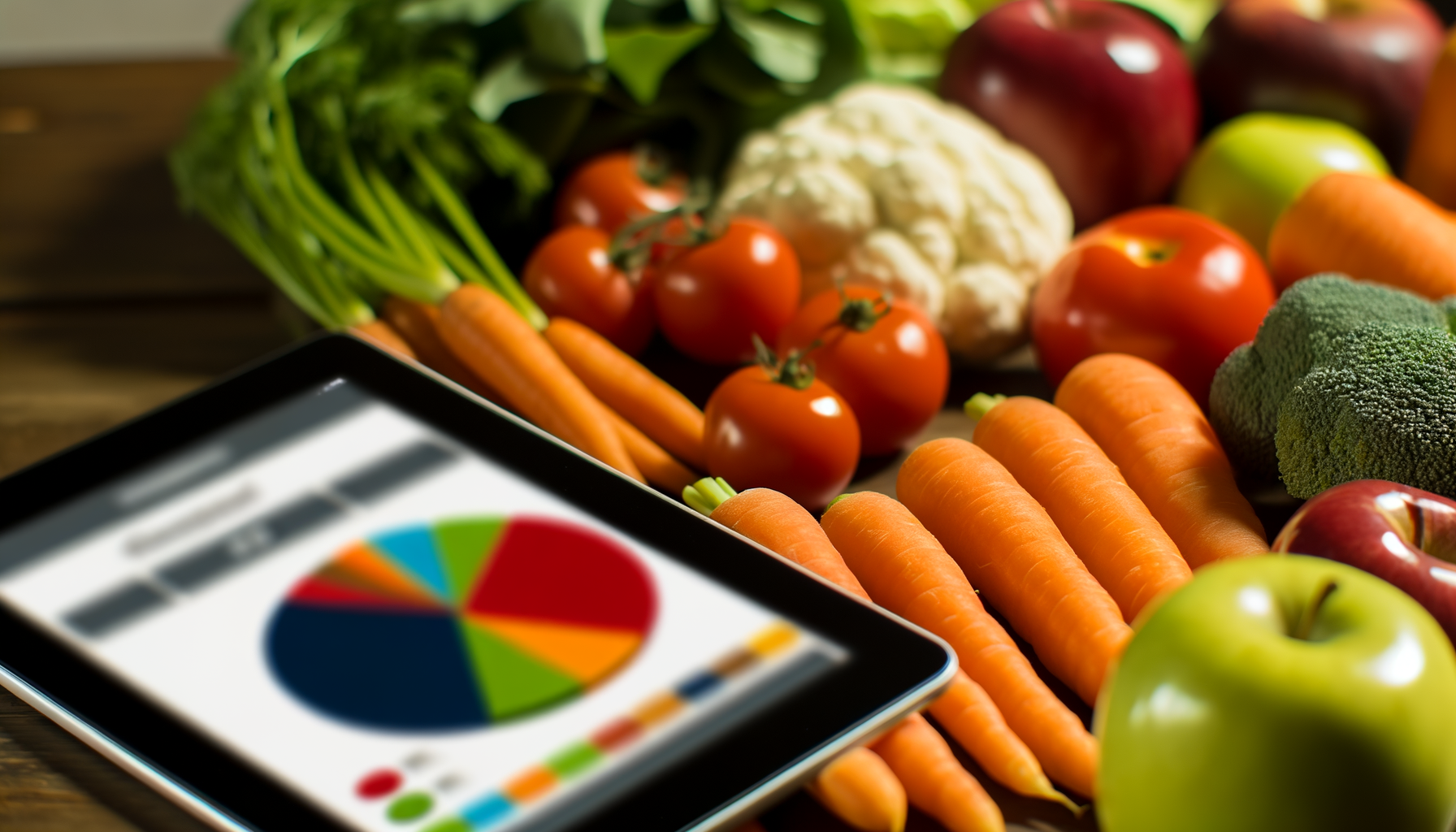The Crucial Role of Nutrition in Wound Healing
When it comes to wound healing, nutrition plays a vital role that cannot be overstated. The process of wound healing is complex and demands a significant amount of energy and specific nutrients to ensure optimal recovery. Here, we will explore how using the Calorie Calculator Cloud can help optimize nutrition for wound healing.
Understanding the Nutritional Needs for Wound Healing
Wound healing is a multifaceted process that involves the replacement of injured tissue with new tissue produced by the body. This process requires an increased consumption of energy and particular nutrients such as protein, carbohydrates, and fats.
Energy Balance and Caloric Intake
The body’s energy needs increase significantly during the wound healing process. According to nutritional guidelines, the general daily caloric demands can increase to 30-35 calories per kilogram, and in some cases, up to 40 calories per kilogram, depending on the severity, size, and number of wounds.
For example, a person weighing 140 pounds (approximately 64 kilograms) would need roughly 1,920 to 2,240 calories per day to support wound healing. This calculation highlights the importance of accurate calorie intake, which can be facilitated using tools like the Calorie Calculator Cloud.
Protein: The Building Block of Tissue Repair
Protein is essential for the maintenance and repair of body tissue. It is crucial for collagen development, which is vital for wound healing. Low protein levels can slow down the wound healing process, while adequate protein intake helps achieve optimal healing rates. Sources of protein include red and white meats, fish, eggs, dairy products, soy beans, legumes, nuts, and seeds.
Carbohydrates: Fuel for Healing
Carbohydrates are necessary for stimulating the production of insulin, which helps regulate blood sugar levels and contains zinc and growth factors that aid in repairing damaged skin. However, it is important to focus on complex carbohydrates such as whole grains, fruits, and vegetables rather than simple carbohydrates like baked goods and sugary drinks, which can lead to hyperglycemia and delay the healing process.
Fats: Energy and Nutrient Absorption
Fats are a concentrated source of energy and are necessary for the absorption of vitamins and fatty acids. Unsaturated fats, found in foods like avocados, peanut butter, olives, and fish, are particularly beneficial as they do not promote inflammation. Saturated fats, on the other hand, should be consumed in moderation to avoid prolonged inflammation.
Hydration: Essential for Healing
Hydration is critical for wound healing as it helps maintain skin elasticity, ensures proper blood circulation, and aids in the delivery of oxygen and nutrients to the wound site. A common guideline is to consume 1 milliliter of fluid per calorie of daily energy intake. For instance, if you need 2,000 calories per day, you should aim for approximately 2,000 milliliters of fluid.
Utilizing Calorie Calculator Cloud for Personalized Nutrition Plans
The Calorie Calculator Cloud is a powerful tool that can help you accurately track your caloric needs and ensure you are meeting your nutritional requirements for wound healing.
Inputting Your Data
To use the Calorie Calculator Cloud effectively, you need to input basic information such as your age, weight, height, and activity level. For more precise calculations, you may also need to input body fat percentage or lean body mass. This data helps the calculator provide personalized recommendations tailored to your specific needs.
Adjusting for Goals
The calculator allows you to adjust your calorie intake based on your specific goals, whether it is to support wound healing, maintain weight, or achieve other health objectives. This flexibility ensures that your nutritional plan remains aligned with your health needs.
Monitoring Progress
Monitoring your progress is crucial in ensuring that your nutritional plan is effective. The Calorie Calculator Cloud allows for continuous monitoring and adjustment, enabling you to track changes in your weight, body composition, and overall health metrics. This continuous feedback loop helps in making necessary adjustments to your diet and nutrition plan.
Real-World Examples and Case Studies
The effectiveness of using the Calorie Calculator Cloud for wound healing can be seen in various real-world examples. For instance, healthcare professionals have used this tool to create customized meal plans for patients with wounds, ensuring they receive the necessary nutrients for optimal healing. These plans have been particularly beneficial in reducing healing time and improving the overall strength of the wound.
Conclusion and Next Steps
Optimizing nutrition for wound healing is a critical aspect of the recovery process. By using tools like the Calorie Calculator Cloud, you can accurately determine your caloric needs and ensure you are providing your body with the necessary nutrients for optimal recovery.
Remember, flexibility and adaptability are key. Adjust your calorie tracking plan as needed, and seek professional advice when necessary. With the right nutritional strategies and tools, you can enhance your wound healing process and achieve better health outcomes.
Start your journey to optimized wound healing today by incorporating these strategies into your routine and leveraging the power of calorie tracking with the Calorie Calculator Cloud Plans. Ensure that your nutrition strategy is supporting your recovery and overall health, and don’t forget to check out other valuable resources such as the WP Calorie Calculator Blog for more insights on optimizing nutrition for various health needs.








